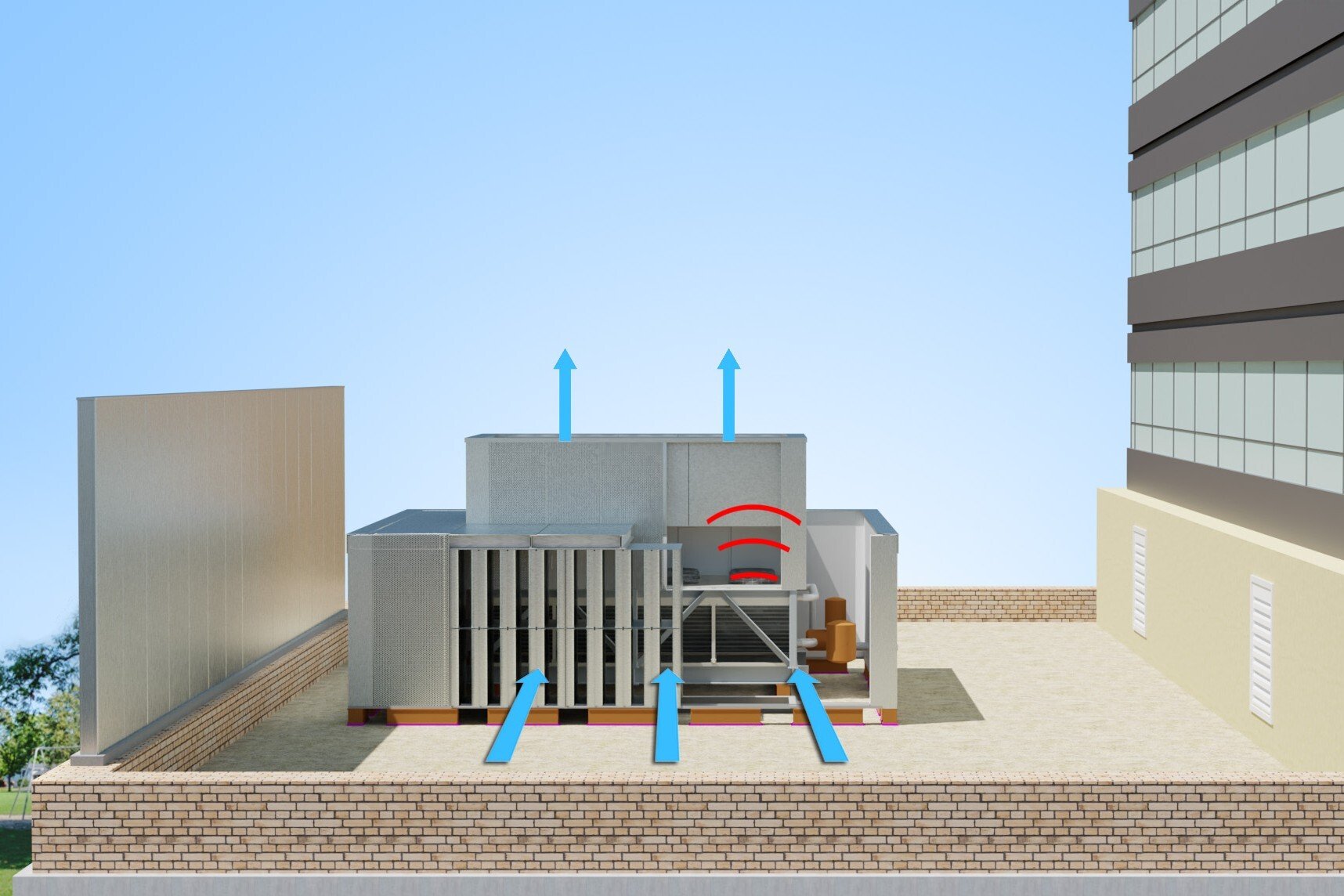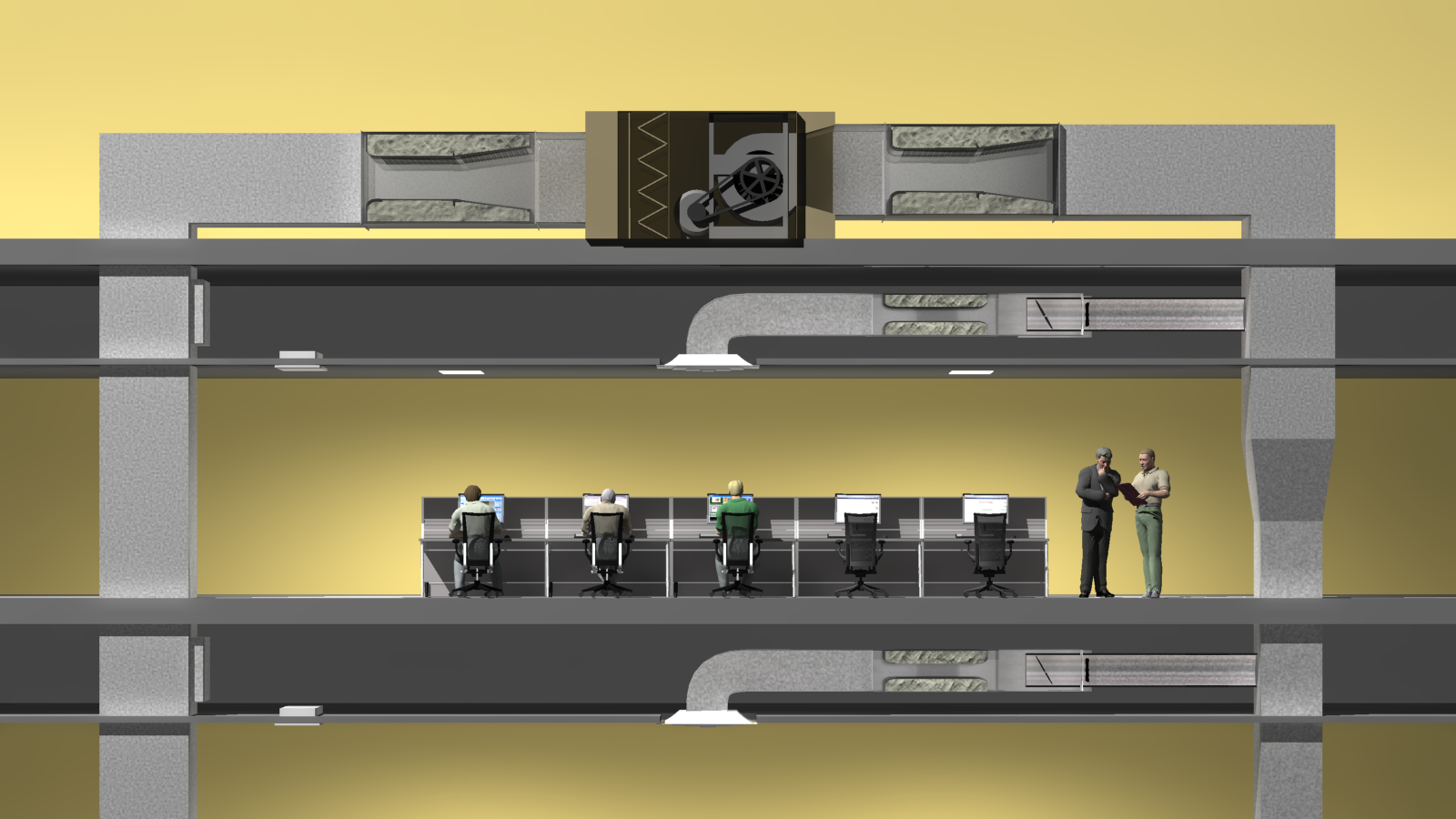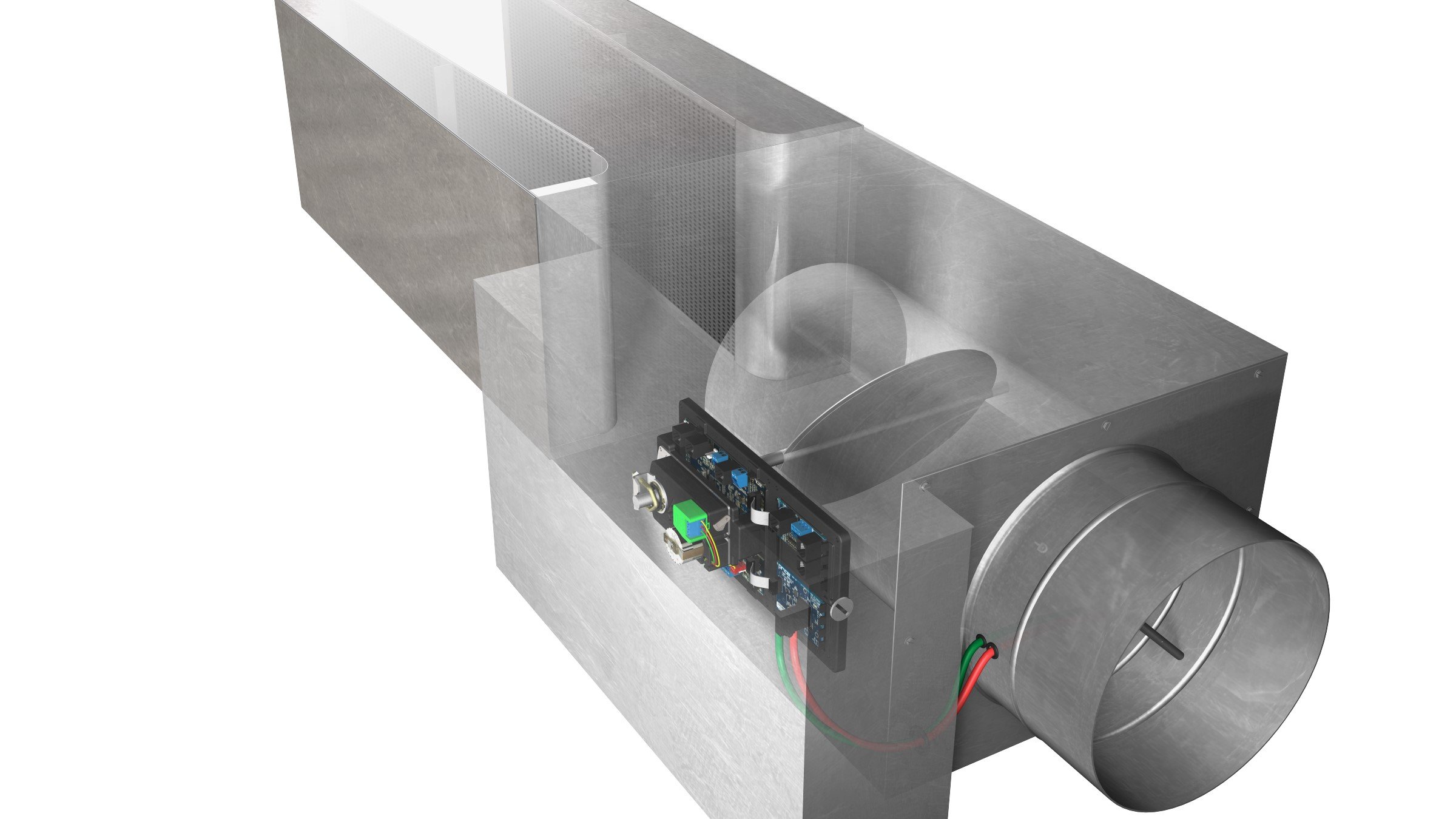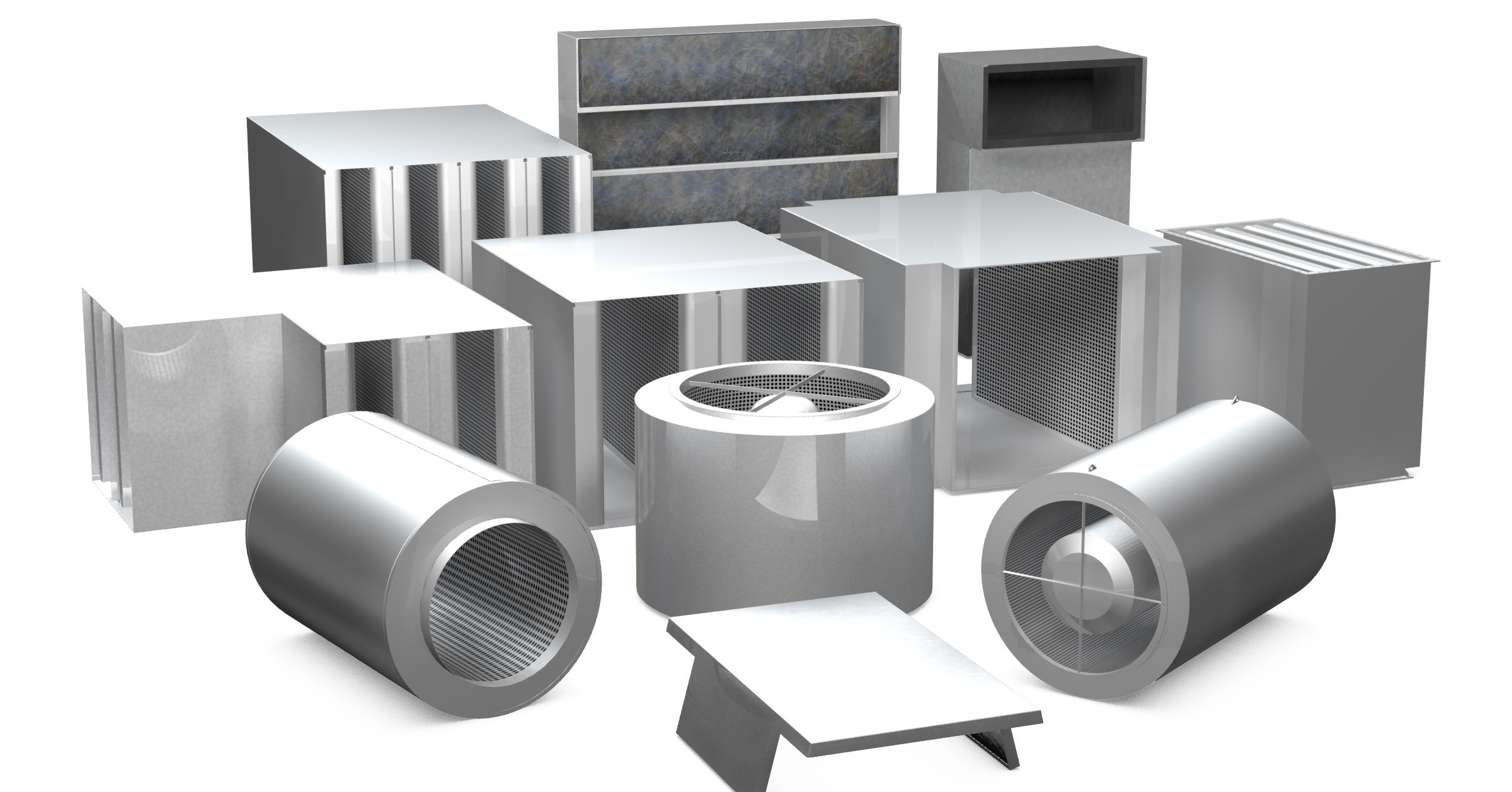Engineered Acoustic Enclosures for Chillers
Ever had a project stall because of unexpected noise complaints? Chillers may be the culprit.
Noise is frequently overlooked in the design of mechanical equipment, only becoming a problem once the equipment is installed and the neighbors start complaining. If the local authorities find that a site has violated noise ordinances, the situation needs to be remedied quickly to avoid legal action.
Read More
Topics:
Noise Control,
Acoustic Panels,
HVAC Silencers,
Pressure Drop,
HVAC,
Engineering,
Design Engineering,
CFD
System Testing to Optimize Terminal Unit Acoustics
In many commercial HVAC systems, engineers pair VAV boxes, fan-powered boxes and fan coils with duct silencers to meet the acoustical requirements of a space. While all the components are tested to industry standards – AHRI 880 and AHRI 260 for terminal units and fan coils and ASTM E477-20 for silencers – the combination of these two categories in real-world installations isn’t always straightforward.
Read More
Topics:
Noise Control,
HVAC Silencers,
Pressure Drop,
Velocity Profile,
Terminals,
HVAC,
Engineering,
Design Engineering
Optimal Sound Reduction for Terminal Units
Terminal units influence a building occupant’s experience through heating, cooling and acoustics. Price offers attenuators and silencers as two different methods to reduce a terminal unit’s operating sound level. An attenuator reduces sound levels by utilizing a section of duct lined with acoustical media whereas a silencer utilizes both baffling and acoustical media to break sound waves and reduce the sound level leaving the unit. Although attenuators may suit a project depending on its acoustical requirements and pricing, silencers offer optimal sound reduction.
Read More
Topics:
HVAC Silencers,
Terminals,
HVAC Fundamentals,
HVAC
A Practical, Engineered Solution for Controlling Noise
Silencers, also referred to as sound attenuators or sound traps, are used as part of the HVAC system to reduce the noise that would otherwise be transmitted to the nearest indoor or outdoor space. In large commercial or industrial applications, silencers can be used in large banks to prevent noise from transferring into the environment.
Read More
Topics:
Noise Control,
Noise Solution,
HVAC Silencers,
Duct Noise Reduction,
HVAC Fundamentals,
HVAC,
Engineering
Noise is the number one occupant complaint.
Research indicates that hospital patients and staff, hotel guests, and restaurant diners complain about noise more than anything else. Noise can impact occupants by lowering productivity and increasing stress levels. This “invisible” problem is loud and clear.
Properly addressing all noise sources allows building occupants to be more comfortable and productive.
Read More
Topics:
Acoustics,
Sound Transmission Class,
Noise Control,
Noise Solution,
Acoustic Louvers,
Background Noise,
Noise Criteria,
Sound Absorption,
Acoustic Panels,
LEED credits,
HVAC Silencers,
Ceiling Attenuation Class,
Air Transfer Silencers,
Sound Masking,
Speech Privacy,
Reverberation Time,
Duct Noise Reduction,
LEED for Schools,
LEED for Healthcare







